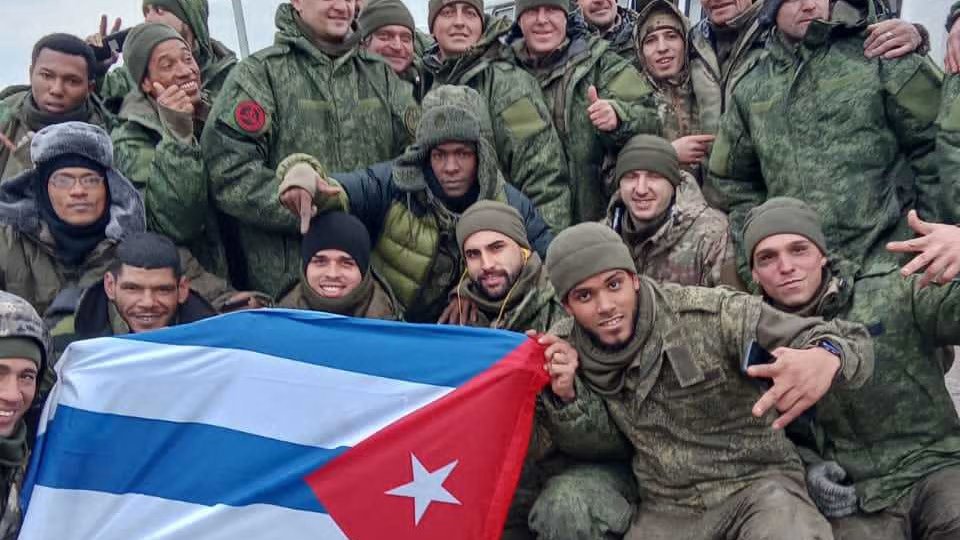I went on various night drone bombing missions with @YasniOchiUa. Here is what it would like to experience the fight for Chasiv Yar.
“Dragon Drones: Ukraine’s Night Hunters”
🧵 1/
“Dragon Drones: Ukraine’s Night Hunters”
🧵 1/

As the sun sets, soldiers of Yasni Ochi, a drone unit of the 23rd Mechanized Brigade, prepare a night bombing mission on the eastern frontline city of Chasiv Yar. Their objective is to drop anti-tank mines and small bombs on Russian positions, including roads and places where soldiers were spotted during the day.
2/
2/
As the unit readies, the soldiers pack supplies, ensuring they have enough energy drinks and food for the long night ahead. After collecting anti-tank mines and other explosives from the “kitchen” — where the “cooks,” or engineers, gather and modify the necessary ordnance —they load everything into a van and then race toward the frontline. The atmosphere is tense, the soldiers serious. “This is war, every mission could easily be your last,” the driver says.
3/
3/

The soldiers say the roads have become even more dangerous in recent weeks, not only due to Russian mines dropped by drones but also because the Russians have begun placing first-person view (FPV) drones equipped with detonators directly onto the roads.
4/
4/
As soon as the soldiers reach their position, they leap out, quickly grabbing their gear, and dash for cover. They’re now right on the frontline. The roar of armored vehicles and other heavy armor echoes in the background while artillery fire, both incoming and outgoing, is unceasing. The sky swarms with drones — friendly DJI Mavics buzz overhead and, in the distance, Russian and Iranian models can be identified by their faint lights.
5/
5/
At one moment, the scene is almost beautiful, with the night sky clearly visible against the backdrop of a front devoid of lights. But in the next, the serenity is shattered by artillery, filling the air with the roar of explosions and the ominous hum of drones overhead.
6/
6/
The team set up in a basement, with tablets and a generator to power their electronics and establish internet access. They dial in and connect with HQ. After receiving the command to commence operations, two men move out to prepare the Vampire drone.
7/
7/

Carefully, they attach an anti-tank mine beneath the aircraft. Using the red lights attached to their helmets to see their way, they head to an open field and position the drone. With a roar, it lifts off and takes flight.
8/
8/
Throughout the night, the soldiers drop anti-tank mines on Russian positions. Once the mines hit their target, a massive blast follows and destroys the position. The soldiers also have orders to drop mines on Russian logistics routes. The enemy use the same tactic to mine Ukrainian roads, the soldiers say.
9/
9/
Elsewhere on the front, soldiers from the FPV bombing group are launching smaller drones to hit Russians soldiers who have attempted to close in on Ukrainian positions and begun digging in. Yevhenii, whose callsign is “Bird”, puts on his immersive goggles and takes control. “We can only stop their assaults and hold our lines with our drones,” he says.
10/
10/
The mission is relentless. Back and forth the drone flies, striking with precision. The team escalates the attack, attaching bottles of explosive liquid to the device. The fiery liquid rains down, forcing Russian soldiers from their hideouts. Within an hour, five enemy combatants scatter in panic.
11/
11/
Quickly, the team re-arms the drone with mini-bombs. Yevhenii, displaying remarkable skill, pursues the fleeing Russians. With a slight touch on the controller, he releases a bomb, scoring a direct hit. The dugout erupts in cheers of “Yes, yes!” as the men see the effect.
12/
12/
The demands of war push these soldiers to their limits. Due to a shortage of personnel, they often remain in position for days without relief.
One soldier, known as “Joker,” broke the unit record with eight consecutive days of FPV drone combat, snatching brief moments of sleep between missions. He was killed in battle aged just 20. His commander, Heorhiy Volkov, said that in his last eight months at the front, Joker was responsible for killing or injuring more than 200 Russian soldiers.
13/
One soldier, known as “Joker,” broke the unit record with eight consecutive days of FPV drone combat, snatching brief moments of sleep between missions. He was killed in battle aged just 20. His commander, Heorhiy Volkov, said that in his last eight months at the front, Joker was responsible for killing or injuring more than 200 Russian soldiers.
13/
Vitaliy, also known by his call sign Gandalf, says there is a risk of the team’s position being revealed to the Russians when the Vampire drones return. Drone pilots are a prize target for the enemy, and glide bombs are constantly dropped on their positions, he says.
14/
14/
“If we fly back, the enemy drones can spot us,” he says. “If we see an enemy Mavic [drone] behind us, we try to land the drone further away and wait until it goes away.”
15/
15/
Another challenge the Ukrainian pilots face when flying back to position is the intense jamming being used by their own comrades on the frontline.
“A Ukrainian infantryman sitting in the trenches is scared of all drone noises and would prefer to just jam them all and not take any risks,” Vitaliy says.
16/
“A Ukrainian infantryman sitting in the trenches is scared of all drone noises and would prefer to just jam them all and not take any risks,” Vitaliy says.
16/

Yuriy believes that at some point in the near future, heavy armor won’t be able to get within 10km (six miles) of the front. “Autonomous drones will patrol the skies and will be taking out all the heavy armor,” he says. “We just need to continue improving our algorithms for better targeting.”
17/
17/
As the bombing mission concludes, the soldiers report back to HQ before calling the driver, who quickly returns to pick them up. Once the van halts, it’s an easy target so the soldiers dash towards it and quickly stow their supplies and the heavy drone.
The drive back to safety is treacherous as Russia’s pilots have been active all night too; the roads are likely to contain mines and drones primed to explode on contact.
18/ 🔚
The drive back to safety is treacherous as Russia’s pilots have been active all night too; the roads are likely to contain mines and drones primed to explode on contact.
18/ 🔚
• • •
Missing some Tweet in this thread? You can try to
force a refresh














